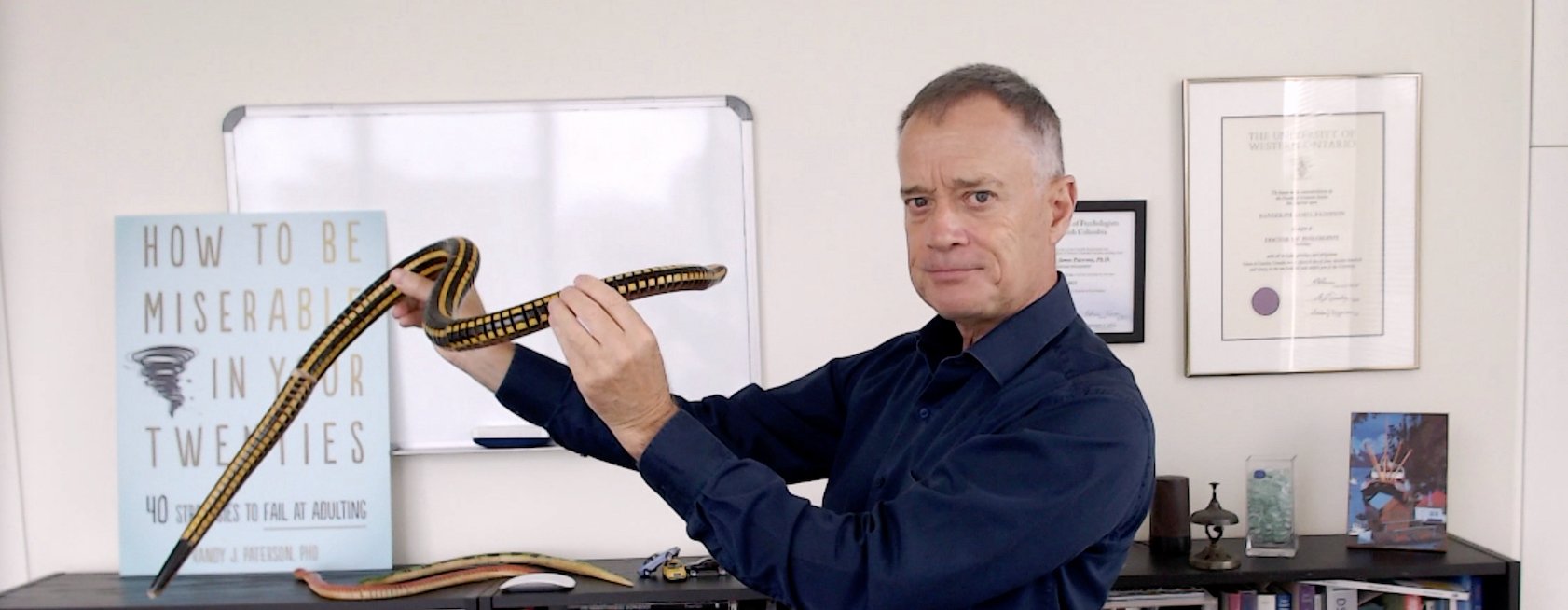
Exposure Therapy for Anxiety Disorders
The Program
Most of what we call anxiety disorders have two components: Anxiety and avoidance. Avoidance brings relief from anxiety, and relief brings more avoidance. It is often a client's attempt to manage their anxiety that explains why a problem has grown to overwhelming proportions.
Enter exposure therapy - one of the oldest, best researched, and most established of psychotherapeutic interventions. Exposure therapy targets avoidance, supporting clients' abilities to face their fears a bit at a time, building confidence and capacity along the way.
This course provides the details of best practices in exposure therapy for a variety of common client presentations, including:
Specific phobia.
Social anxiety.
Obsessive compulsive disorder.
Panic disorder.
Agoraphobia.
Subclinical fears.
The course discusses the nature of stress and anxiety, the way that fears spiral out of control, and the primacy of avoidance. It presents step-by-step procedures for identifying the true fear the client is experiencing, ways of generating a wide range of exposure therapy exercises, and the collection and organization of these exercises into a structured hierarchy.
Participants learn a series of strategies for conducting in-office and field-trip exposures, as well as techniques for helping clients carry out home practice exposures.
Contents
The program includes:
The basic theory underlying exposure therapy.
Identification of the feared element in each of the DSM-IV anxiety disorders.
An illustration of the principle using the simplest case: specific phobia.
Practice developing exposure hierarchies.
Discussion of the relative advantages of in vivo and imaginal exposure.
Integrating relaxation strategies with exposure therapy.
Feared experience and setting exposure for agoraphobia.
Interoceptive exposure for panic disorder.
Exposure and response prevention for obsessive compulsive disorder.
Feared-outcome exposure for generalized anxiety disorder.
Social setting and impression-based exposures for social phobia.
Imaginal and in vivo exposure strategies for post traumatic stress, including techniques to moderate the intensity of the experience.
The Materials
Workshop participants receive:
Complete presentation slides
A set of pdf handouts for use with clients in guiding exposure-based work
Learning Objectives
By the completion of this course, qualified and trained mental health professionals will be able to:
Identify client presentations for which exposure therapy is a recommended intervention.
Understand and explain to clients the conditioning theory behind the origin and intensification of common fears.
Understand the application of exposure therapy in specific phobia, social anxiety, obsessive compulsive disorder, panic disorder, and agoraphobia.
Assist clients in developing an exposure therapy hierarchy tailored to individual concerns.
Manage in-session and field-trip exposure exercises with clients, and provide effective guidelines for home practice.
Monitor progress and adjust interventions accordingly.
Who should attend?
This program is intended for members of registered healthcare professionals with prior experience in providing psychotherapy, and for students in these fields.
Psychologists
Psychiatrists
Clinical counselors
Social workers
Occupational therapists
Psychiatric nurses
and other trained psychotherapists.

The response…

